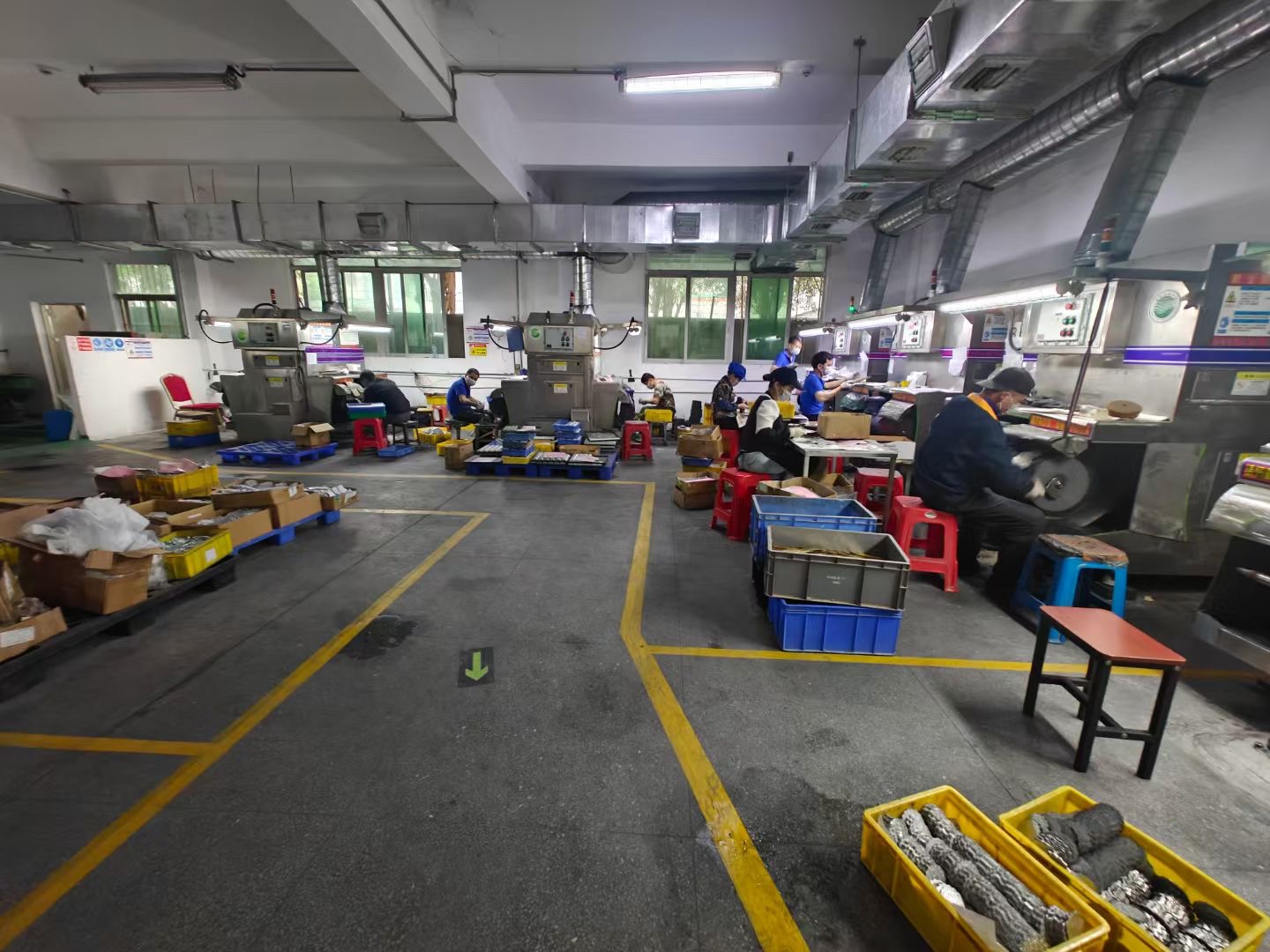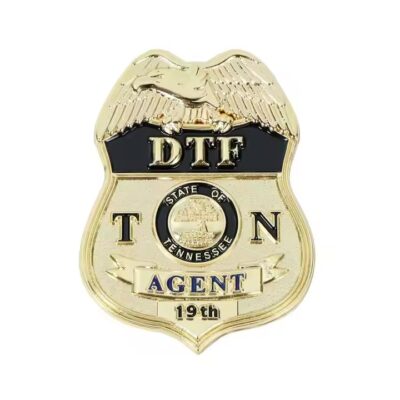Phone: +86 17767072030 (WhatsApp).
Work Hours
Monday to Friday: 7AM - 7PM
Weekend: 10AM - 5PM
Phone: +86 17767072030 (WhatsApp).
Work Hours
Monday to Friday: 7AM - 7PM
Weekend: 10AM - 5PM



Badges come in various materials and styles, each serving different purposes and offering unique benefits. Among these, metal badges stand out for their durability and premium look. Here’s a detailed comparison between metal badges and other common badge types:
Metal Badges: Made from metals such as zinc alloy, brass, or stainless steel, metal badges are highly durable, resistant to wear and tear, and ideal for long-term use.
Plastic Badges: Lightweight and inexpensive but less durable. They can crack or fade over time.
Fabric Badges: Typically embroidered or woven, fabric badges are flexible and soft but prone to fraying and damage if not handled carefully.
Rubber or PVC Badges: Flexible and waterproof but less formal and can wear down with heavy use.
Metal Badges: Offer a high-quality, polished, or antique finish with detailed engraving or enamel coloring. Suitable for formal or professional settings.
Plastic Badges: Usually simple, smooth surfaces with printed designs. Less visually striking.
Fabric Badges: Textured and colorful with embroidery giving a handcrafted look.
Rubber/PVC Badges: Bright colors and 3D molded designs but a casual appearance.
Metal Badges: Support intricate designs, 3D effects, enamel colors, and various plating options (gold, silver, nickel).
Plastic Badges: Can be printed in full color but limited in 3D detailing.
Fabric Badges: Limited to embroidered designs, usually flat or slightly raised.
Rubber/PVC Badges: Great for 3D shapes and vibrant colors but less detail than metal.
Metal Badges: Often use pins, magnets, or screw backs for secure fastening.
Plastic Badges: Usually have safety pins or adhesive backs.
Fabric Badges: Sew-on or iron-on backing.
Rubber/PVC Badges: Adhesive or Velcro backing.
Metal Badges: Corporate branding, uniforms, awards, military, law enforcement.
Plastic Badges: Event passes, name tags, promotional giveaways.
Fabric Badges: Clubs, sports teams, uniforms, scouting.
Rubber/PVC Badges: Souvenirs, casual apparel, outdoor gear.
Metal badges provide unmatched durability, elegance, and customization options compared to other badge types, making them ideal for professional and formal use. Other badge types serve well for casual, temporary, or budget-conscious needs. Choosing the right badge depends on your specific requirements for appearance, longevity, and budget.